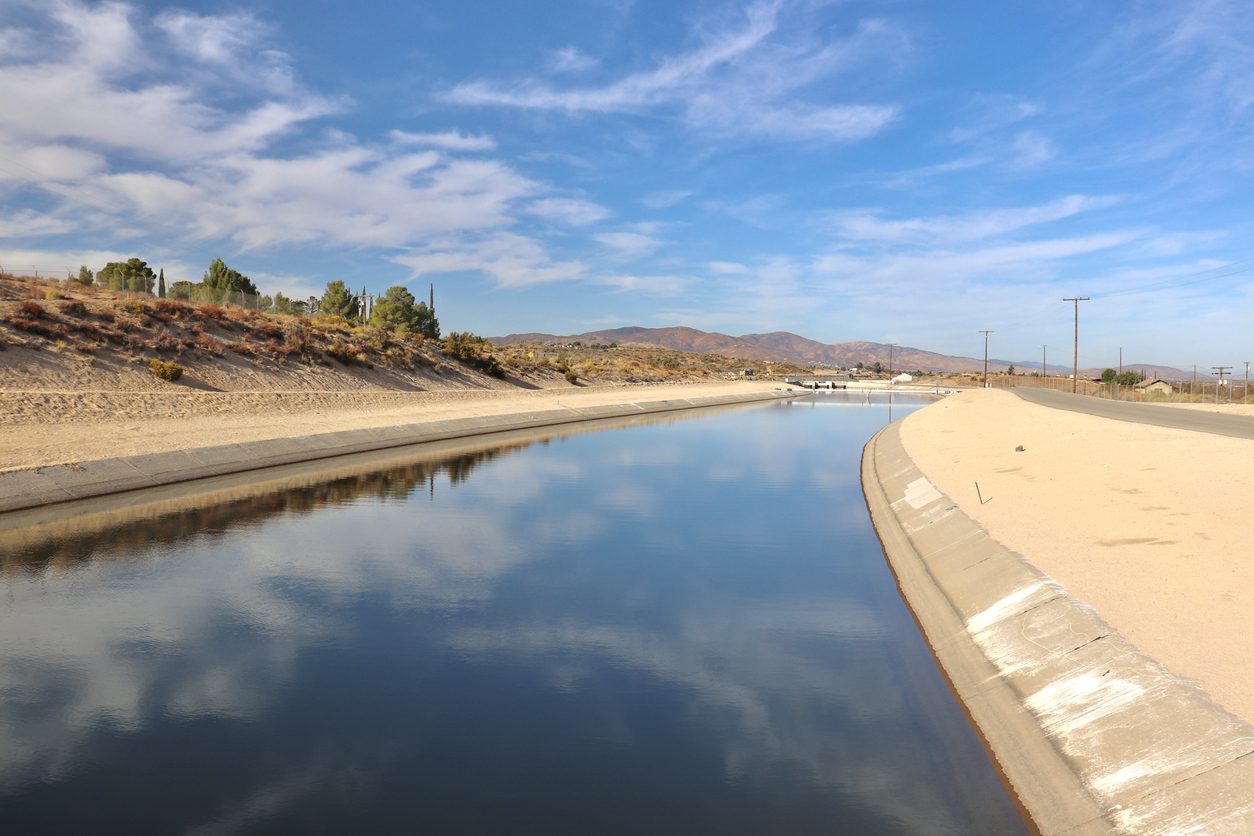SUSTAINABLE BRINE REUSE FOR HIGH-QUALITY DRINKING WATER
Indio
California, US
Drinking Water Treatment Pilot
2014
100 gpm
Completed
Indio, a city in California’s Colorado Desert that faced challenging drinking level regulations, carried out a successful pilot of TOXSORB’s Modified Activated Carbon (MAC) chromium removal technology that led to a permanent deployment.
The pilot, carried out by TOXSORB (a business unit of WFI Group) in collaboration with Carollo Engineers and the California Department of Drinking Water (DDW), demonstrated that use of the technology enabled) production of high-quality water and a non-toxic brine that could be reused or discharged without further treatment. This confirmed the potential of the technology to meet the DDW’s high standards while minimizing haulage costs and logistics.
Following the success of the pilot, DDW approved MAC for the treatment and removal of Cr(6) contamination from drinking water.
Prior to the pilot, the California Department of Public Health had identified unacceptable levels of Cr(6) in local aquifers and enacted stringent water quality regulations (10ppb Maximum Contaminant Level – MCL). After investigating potential treatment approaches, Indio identified TOXSORB’s MAC technology as the best suited for its needs, and initiated the pilot to test its ability to deliver required chromium levels while reducing brine haulage and disposal needs.
The pilot was carried out in two phases, from late 2014 to early 2016. The first phase demonstrated the scalability of the system, and the second focused on optimizing the process of adsorption, regeneration and brine recycling.
As the basis for treatment, the pilot used TOXSORB’s proprietary NP2 MAC technology, which was deployed under the direction of TOXSORB’s professional team. The MAC technology works by chemically modifying the surface area of the activated carbon, thus enabling the removal of inorganic pollutants while preserving the carbon’s original adsorption capabilities for organics. Each modifier platform is engineered to achieve hyper-affinity and selectivity towards a specific pollutant (e.g., chromium). Its advantages over traditional ion-exchange technologies such as SBA and WBA include: 1) high selectivity to Cr(6) relative to sulfate; 2) ease of regeneration with no need for media disposal; 3) proven ability to reduce Cr(6) to Cr(3) rendering the regeneration of non-toxic brine; and 4) blending of treated brine back to the head of the plant, eliminating the need for disposal of liquid residuals.
MAC platforms are inexpensive to maintain due to their support for a regeneration process, enabling the media to be reused repeatedly with minimal performance degradation. By catalysing the chemical reduction of Cr(6) to Cr(3) during the regeneration process, the technology is also able to overcome the ‘Double-Edged Sword’ trade-off between selectivity and regeneration.
Throughout the pilot, the platform demonstrated an impressive ability to recycle and regenerate the brine, enabling smart water reuse that significantly reduced the volume of brine discharge.
The use of TOXSORB’s highly efficient solution, based on its game-changing MAC technology, enabled Indio to minimize its use of chemicals and its production of brine, while supplying high quality drinking water. In parallel, its ability to reuse brine by regeneration has minimized the city’s disposal efforts, haulage and cost.
The deployment of TOXSORB’s MAC technology enabled Indio to increase the quality of its water, reduce its brine production and minimize its environmental footprint. In tandem, the pilot led to substantial cost savings and enhanced the city’s water resilience.






